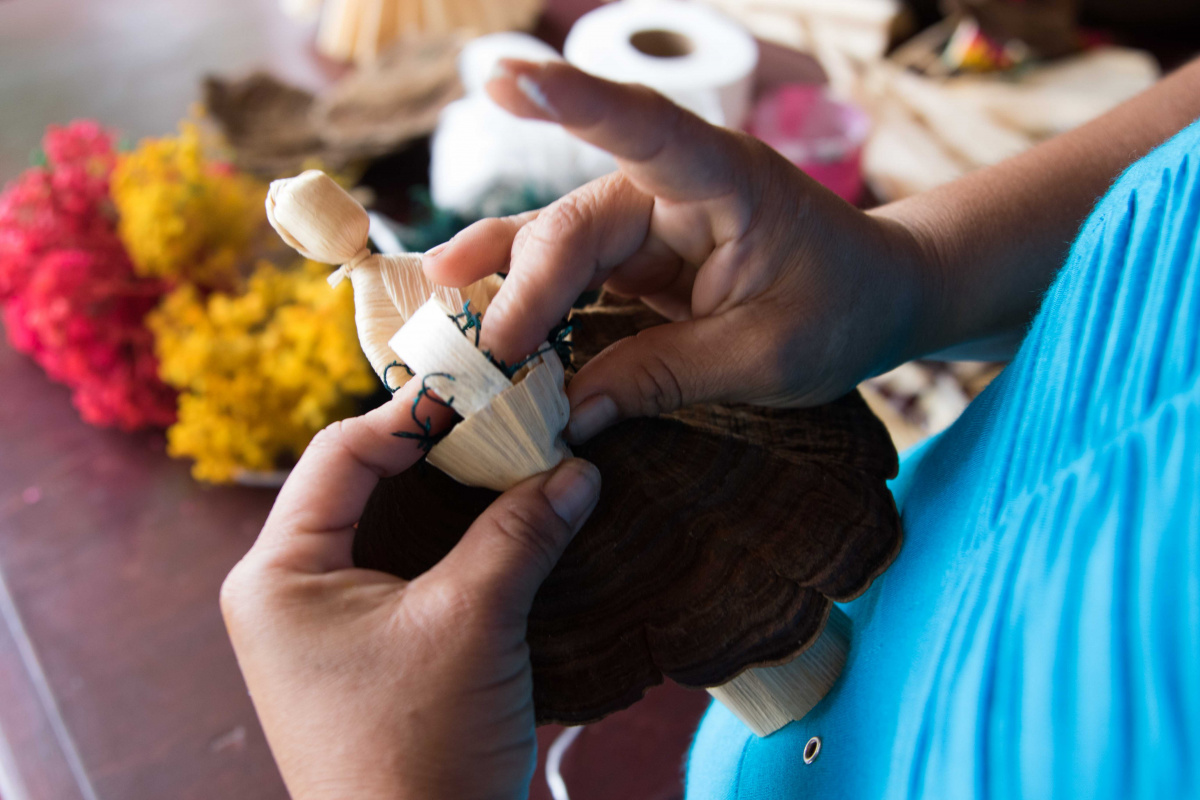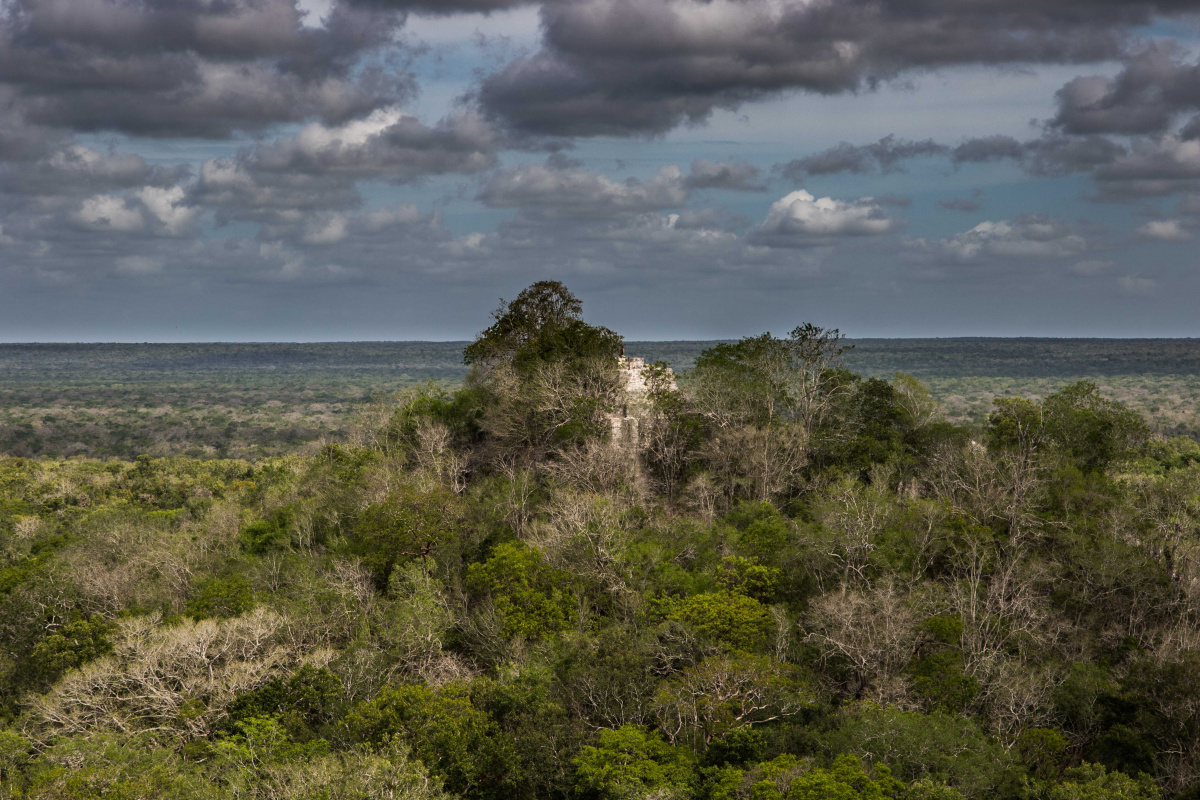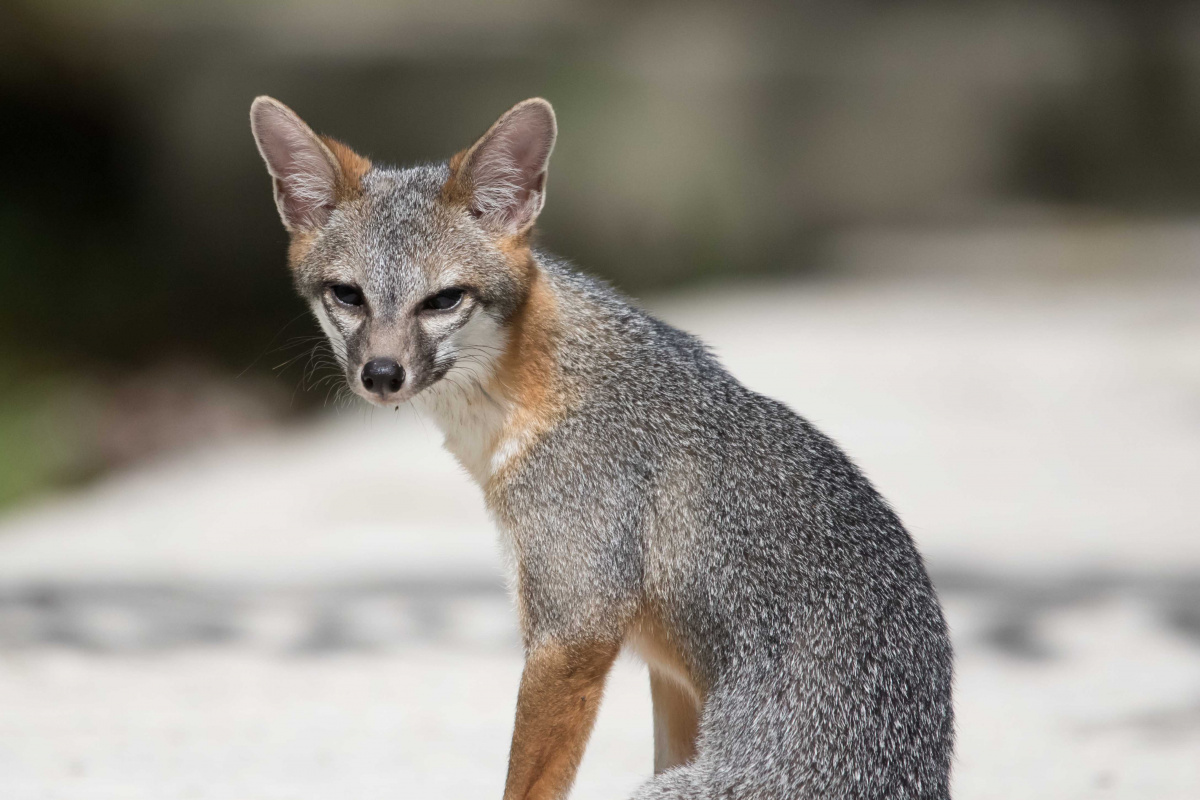Regional closure of the Selva Maya Natural Resources Protection Project: the project leaves important contributions for Selva Maya protected areas, their connectivity, local communities and governance
- With the infrastructure and mobility improvements, more control and surveillance activities can be carried out in Selva Maya protected areas.
- The project also contributed to better fire prevention and control in the protected areas and strengthened the economic sustainability of local communities present in the protected areas and zones of influence, through the development of productive activities.
- Thanks to these results, the German Government has consequently committed 20 million euros for a second phase of the Selva Maya Natural Resources Protection Project.
Selva Maya, 15 July 2021 (IUCN). As four and a half years of work came to an end, a virtual forum took place to close the Selva Maya Natural Resources Protection Project, a regional initiative created to promote the wellbeing of people and the conservation of natural and cultural heritage. The forum was held to present the Project’s results and impacts, lessons learnt and some guidelines on the path to conservation and sustainable management.
Selva Maya is one of the world’s most important ecological systems, harbouring incomparable ecological and cultural diversity. Extensive tracts of forest and local communities come together in Selva Maya, which comprises part of Belize’s territory, northern Guatemala and south-eastern Mexico. It is the most extensive tropical forest in the American continent after the Amazon.
The Project was implemented by IUCN, the International Union for the Conservation of Nature, together with the protected areas institutions of the three Selva Maya countries: the Forest Department of Belize, the National Council for Protected Areas of Guatemala (CONAP for its name in Spanish) and the National Commission of Protected Areas of Mexico (CONANP).
The IUCN Regional Director for Mexico, Central America and the Caribbean, Úrsula Parrilla, emphasized “this project has been a real challenge for everyone, but an education in demonstrating that joint and coordinated work is the most sustainable option, not the easiest, but the most durable”.
The project has generated important impacts at both regional and country level, especially in terms of strengthening management effectiveness in the prioritized protected areas.
The closing event highlighted the most important measures for the project’s impact, such as improving infrastructure and mobility to the protected areas, which permits more control and surveillance activities. Operability in the territory was enhanced by refurbishing campsites and field operations centres, acquiring vehicles and equipping rangers. In addition, greater institutional efficiency and operability was achieved to implement existing and updated management plans involving communities. Innovative guides were developed and promoted, with recommendations on methodology for incorporating gender perspective and improving inclusive social participation in the formulation, monitoring and evaluation of management plans. See presentation.
There is now a technology team to make fire prevention and control more efficient in the protected areas, with fire suppression control and extinguishment technologies, drones and training in their use. It is important to stress the prevention of deforestation and biological monitoring of forest ecosystems, with high-level training and suitable equipment to systematize information.
Equally important, the economic sustainability of communities present in the protected areas and zones of influence was strengthened through the development of productive activities. Families were supported with training, sharing experiences, analysis in the detection of new income-generating opportunities, the acquisition of equipment and different inputs to support the sustainability of community enterprises involving honey production, tourism service providers and crafters.
Finally, multilingual campaigns were mounted and communication materials produced to increase the visibility of the protected areas at local, regional and international level. Regional governance was strengthened through institutional participation and regional coordination, and gender perspective was applied in institutional processes, thus boosting women’s equitable participation in all decision-making processes.
The German Government will continue supporting the project in a second phase with a contribution of 20 million euros to reinforce the work already begun and expand geographical coverage and coordination work with institutions responsible for cultural and archaeological heritage in Selva Maya.
Participating in the forum event were Úrsula Parrilla, IUCN Regional Director for Mexico, Central America and the Caribbean; Jair Urriola Quiroz, Executive Secretary of the Central American Commission for Environment and Development (CCAD for its name in Spanish); María Pía Hernández, Regional Project Portfolio Manager, IUCN Regional Office for Mexico, Central America and the Caribbean; Spencer Ortiz, IUCN Trinational Project Coordinator, and representatives of the protected areas in the participating countries: Wilber Sabido, Director of the Belize Forest Department; Fernando Palomo, Deputy Director of CONAP, Guatemala; and Yadira Gómez, Regional Director of CONANP for the Yucatan Peninsula and Mexican Caribbean.
Watch the recording of the event here.
#WeAreSelvaMaya






